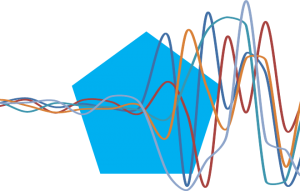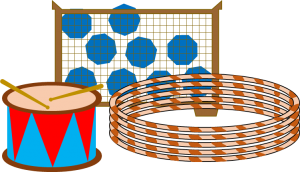 In my last post I presented the EPEI leveling pattern (also known as EPEC, EPEx, Heijunka, fixed repeating pattern, or simply leveling). While in theory this approach looks pretty solid, in my experience it rarely works in practice. In fact, most of these types of leveling that I have seen were complete rubbish. They were a dog-and-pony-show to please management at the expense of performance and shop floor efficiency.
In my last post I presented the EPEI leveling pattern (also known as EPEC, EPEx, Heijunka, fixed repeating pattern, or simply leveling). While in theory this approach looks pretty solid, in my experience it rarely works in practice. In fact, most of these types of leveling that I have seen were complete rubbish. They were a dog-and-pony-show to please management at the expense of performance and shop floor efficiency.
Furthermore, lean manufacturing seems often to be confused with a religion. People believe that if you put up a leveling box your manufacturing system will have salvation. Well, Lean is not a religion. Lean is hard work, and you actually need to understand what you are doing. Just copying something without understanding is a good way to fail, especially with leveling.
Read more








